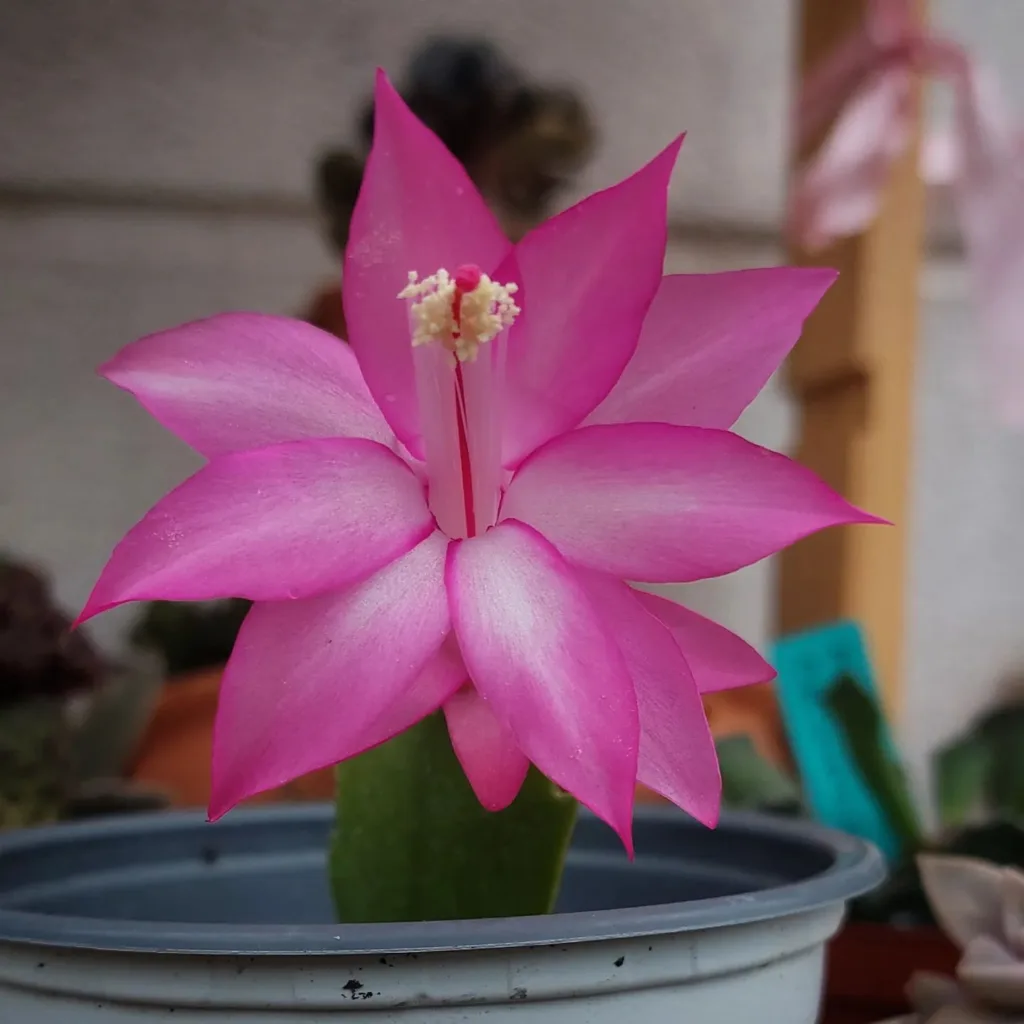FAQs About Oenothera Elata
As a plant enthusiast, I’ve found Oenothera Elata, commonly known as Evening Primrose, to be both fascinating and a bit of a challenge. This striking plant is valued for its bright yellow blooms and its ability to thrive in various conditions. In this article, I’ll share answers to some frequently asked questions about Oenothera Elata, including care tips, propagation methods, and its benefits.
165 Species in Genus Oenothera
What is Oenothera Elata?
Oenothera Elata, also known as the Evening Primrose, is a perennial plant native to North America. It’s renowned for its vibrant yellow flowers that bloom in the evening, attracting nocturnal pollinators like moths. The plant features lance-shaped leaves and can grow up to 3 feet tall. Its blooms open late in the day and last through the night, giving it a distinctive presence in the garden.
How to Care for Oenothera Elata?
Caring for Oenothera Elata is relatively straightforward, making it a great choice for both novice and experienced gardeners.
- Sunlight: This plant thrives in full sun. It needs at least 6 hours of direct sunlight daily to produce its characteristic blooms.
- Soil: Oenothera Elata prefers well-drained soil. Sandy or loamy soil is ideal. It’s not too fussy about soil pH but performs best in neutral to slightly alkaline conditions.
- Watering: Regular watering is essential, especially during dry periods. However, avoid overwatering as this can lead to root rot. The soil should be kept moist but not soggy.
- Fertilizing: A balanced, all-purpose fertilizer applied in the spring can help promote vigorous growth and blooming.
- Pruning: Deadheading spent flowers will encourage more blooms and keep the plant looking tidy. In late fall, cut back the stems to ground level to prepare the plant for winter.
How to Propagate Oenothera Elata?
Propagating Oenothera Elata can be done through seeds or division.
- Seeds: Start seeds indoors about 6-8 weeks before the last frost. Sow the seeds in seed trays with a seed-starting mix. Keep them moist and in a sunny location. Transplant the seedlings outdoors after the danger of frost has passed.
- Division: In early spring or fall, you can divide established plants. Dig up the plant, separate the root clumps, and replant them in new locations. This method is effective for rejuvenating old plants and increasing your garden stock.
What to Plant with Oenothera Elata?
Oenothera Elata pairs well with a variety of other plants. Here are some suggestions:
- Lavender: The purple blooms of lavender contrast beautifully with the yellow of Evening Primrose.
- Coneflower (Echinacea): Adds a splash of color and complements the Evening Primrose’s blooms.
- Black-eyed Susan (Rudbeckia): The vibrant orange and yellow flowers harmonize well with Oenothera Elata.
- Sedum: This low-growing perennial adds texture and color contrast.
Is Oenothera Elata Toxic?
Oenothera Elata is non-toxic to pets and humans. It’s a safe plant to have in your garden if you have children or animals. However, while it’s non-toxic, it’s always a good idea to prevent pets from chewing on plants, as even non-toxic plants can cause minor digestive upset.
Benefits of Oenothera Elata
Oenothera Elata offers several benefits:
- Aesthetic Appeal: Its bright yellow flowers add a splash of color to evening gardens.
- Pollinator Friendly: Attracts moths and other nocturnal pollinators, which are beneficial for overall garden health.
- Low Maintenance: Once established, it requires minimal care and can thrive in a range of conditions.
Common Problems with Oenothera Elata
While Oenothera Elata is generally hardy, it can face a few issues:
- Powdery Mildew: This fungal disease can affect the plant, particularly in humid conditions. Ensure good air circulation and avoid overhead watering to prevent it.
- Root Rot: Overwatering or poorly-drained soil can lead to root rot. Make sure the soil drains well and adjust watering habits as needed.
- Pests: Keep an eye out for aphids and caterpillars. Regular inspection and prompt action can help keep these pests in check.
Compare with Other Evening Primroses
If you’re considering other types of Evening Primroses, here’s how Oenothera Elata stacks up:
- Oenothera Biennis (Common Evening Primrose): While similar in appearance, Oenothera Biennis typically has larger, more cup-shaped blooms and a different growth habit compared to Oenothera Elata.
- Oenothera Fruticosa (Sundrops): This variety has a bushier form and different bloom shape. It is also a good choice for evening gardens but may require slightly different care.
Conclusion
Oenothera Elata is a delightful addition to any garden, offering vibrant color and evening blooms. With its low maintenance requirements and benefits for pollinators, it’s a plant worth considering for anyone looking to enhance their garden’s appeal. By understanding its care needs, propagation methods, and potential issues, you can enjoy the beauty of this unique plant for years to come.
If i die, water my plants!



